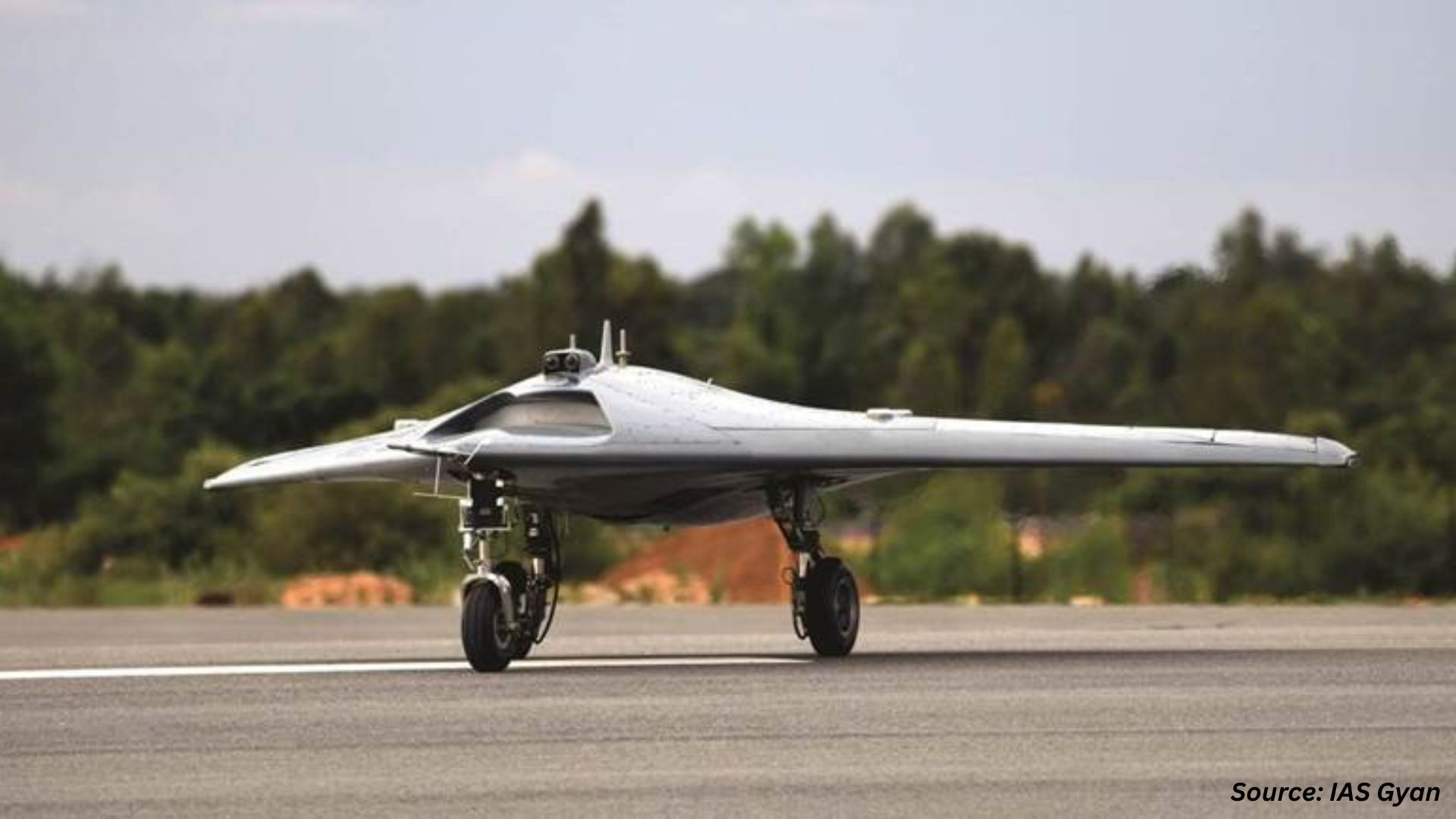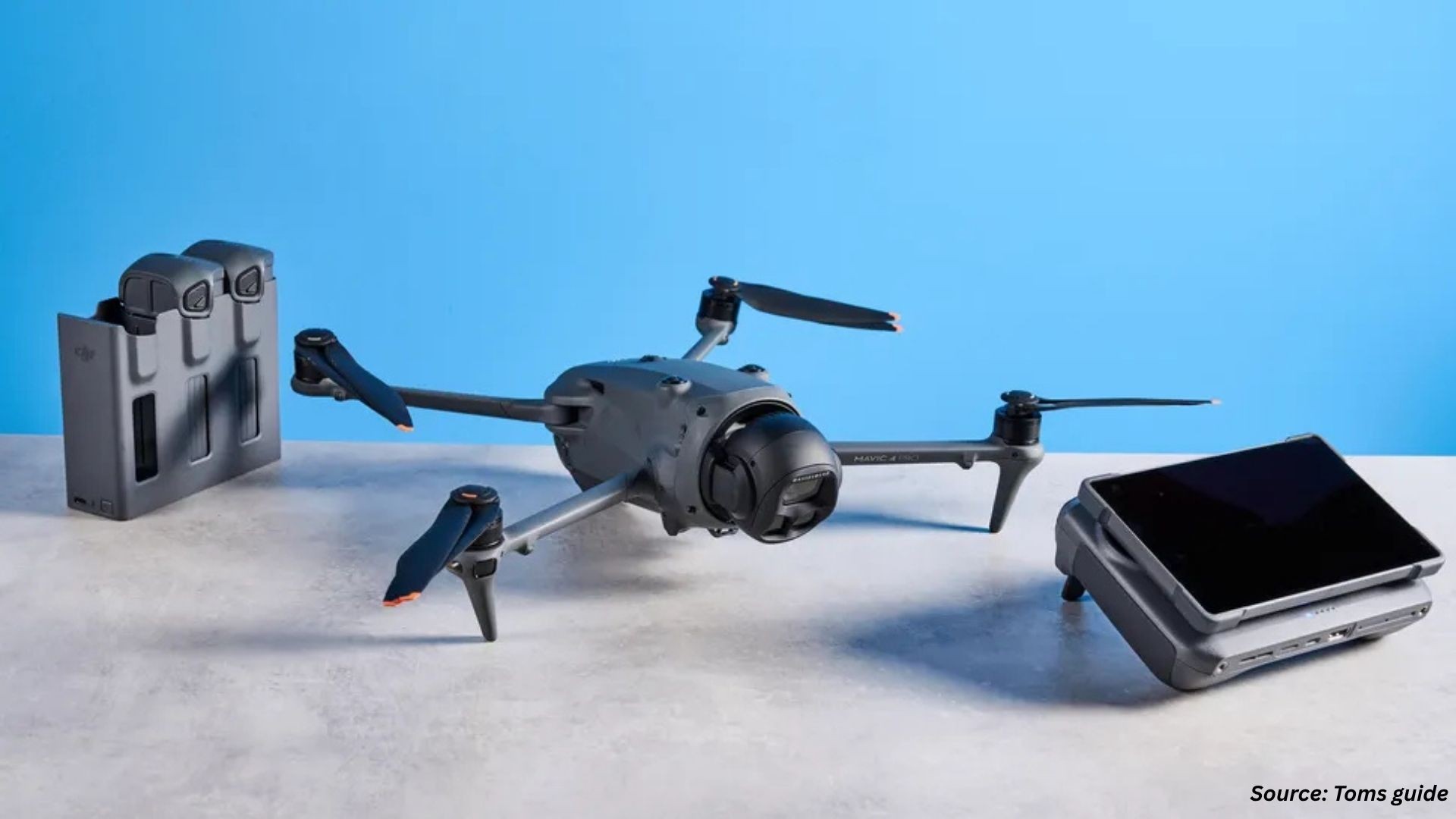
Unmanned Aerial Vehicle (UAV) Market by Type (Fixed Wing UAV, Rotary Wing UAV, and Hybrid UAV), by Class (Small UAV, Tactical UAV, Strategic UAV, and Special Purpose UAV), by Operation Mode (Remotely Piloted, Optionally Piloted, and Fully Autonomous), by Range (Visual Line of Sight, Extended Visual Line of Sight, and Beyond Visual Line of Sight), by System (UAV Airframe, UAV Payloads, UAV Avionics, UAV Propulsion, and UAV Software) - Global Opportunity Analysis and Industry Forecast 2023-2030
Market Definition
The global Unmanned Aerial Vehicle (UAV) Market size was valued at USD 18.20 billion in 2022 and is predicted to reach USD 47.61 billion by 2030 with a CAGR of 13.0% from 2023-2030. An UAV can be defined as an airborne system that comprises a ground-based controller and a communications system. UAVs are commonly known as drones, and they are operated remotely by a human or using varying autonomy, such as autopilot assistance or completely autonomous aircraft without human interaction.
The high maneuverability of UAV systems makes them efficient in numerous operations where manned aerial vehicles, such as helicopters, pose a risk to the pilot. UAVs were initially developed for military and aerospace, and they have progressively found their way into several other sectors, including logistics, farming, civil, and entertainment.
Market Dynamics and Trends
Growing use of unmanned aerial vehicle in security and defense sectors for variety of military applications such as surveillance, mapping, military logistics as well as in combat operations is driving the growth of the market. Modern military UAVs can be outfitted with aerial firepower and also, they are used in combat as they are stealthy and highly maneuverable.
For instance, In May 2023, the US Marine Corps made a request in the US fiscal 2024 budget for automated war zone air delivery drones. They sought a budget allocation of USD 13 million for these drones, which are specifically designed to transport payloads weighing up to 150 pounds over distances of up to nine miles. Also, increasing adaption of UAVs by public safety agencies such as law enforcement and emergency management for search and rescue operations during natural disaster or to locate missing suspects is further driving the unmanned aerial vehicle market growth.
Moreover, growing use of specialized UAVs for wildfire surveillance and suppression as they can efficiently locate and provide real time data using infrared camera is driving the UAV market. For instance, in May 2022, the U.S. Forest Service successfully utilized UAVs to detect wildfires and implemented controlled burns around existing fire areas. By strategically setting fires in specific areas, the UAVs effectively deprived the wildfires of fuel, helping to mitigate their spread and impact.
However, high cost of professional UAV solutions, lack of skilled pilot to operate UAVs restrains the growth of unmanned aerial vehicle market. On the contrary, introduction of AI enabled autonomous drones that can automatically evade collision using computer vision technology is expected to create ample growth opportunities for the market in the coming years.
Market Segmentations and Scope of the Study
The unmanned aerial vehicle market report is segmented on the basis of type, class, operation mode, range, system, MTOW, application, end user and geography. On the basis of type, the market is divided into fixed wing UAV, rotary wing UAV and hybrid UAV. On the basis of class, the market is classified into small UAV, tactical UAV, strategic UAV and special purpose UAV. On the basis of operation mode, the market is categorized into remotely piloted, optionally piloted, and fully autonomous.
On the basis of range, the market is divided into visual line of sight, extended visual line of sight, and beyond visual line of sight. On the basis of system, the market is classified into UAV airframe, UAV payloads, UAV avionics, UAV propulsion, and UAV software. On the basis of MTOW, the market is divided into less than 25 KG, 25 to 170 KG, and more than 170 KG. On the basis of application, the market is classified into combat and battle damage management, cargo delivery, videography and photography, healthcare & social assistance.
On the basis of end user, the market is categorized into military and defense, agriculture, construction and mining, government & law enforcement and transport and logistics. Geographic breakdown and analysis of each of the aforesaid segments includes regions comprising of North America, Europe, Asia-Pacific, and RoW.
Geographical Analysis
North America holds the major share of unmanned aerial vehicle (UAV) market and is expected to dominate the market throughout the forecast period. This is attributed to factors such as growing use of UAVs by military for ISR operations (Intelligence, Surveillance, and Reconnaissance) as UAVs are highly effective in arial surveillance and it can provide a bird-eye view of the conflicted area and collect required information.
Also, growing adoption of UAVs for commercial uses such as filmmaking, media coverage and retail delivery is driving the UAV market in this region. For instance, in May 2022, Walmart announced that it aimed to provide drone delivery service for 4 million households across USA. This is the first large-scale drone delivery program across the globe that will make delivery of products efficient and less time consuming.
On the other hand, Asia pacific is expected to show a steady rise in the UAV market due to the rapidly increasing adoption of UAVs in agricultural sector as UAVs can assist in monitoring cultivation process and crop-spraying process that improves the agronomic sustainability and farm yields. According to National Agro-Tech Extension and Service Center (NATESC) of China, more than 120,000 drones were used to spray pesticides on over 71.33 million of farmland across the country in 2021.
Also, increasing use of UAVs in mining industry for efficient monitoring, pre-planning and mapping is further driving the market growth in this region. For instance, in May 2023, Newcrest announced that the company employs specialized UAVs known as the "GET detection drone" to identify tramp metals and locate missing parts of ground engaging tools (GET) in Newcrest Telfer Mine in Australia.
Competitive Landscape
The unmanned aerial vehicle industry comprising of various market players such as AeroVironment Inc., Airbus S.A.S., BAE Systems plc, General Atomics, DJI, Elbit Systems Ltd., Lockheed Martin Corporation, Northrop Grumman Corporation, Textron Inc. and the Boeing Company. These market players are aggressively conducting R&D and developing new products to stay competitive and maintain their market positions.
For instance, in March 2022, Northrop Grumman Corporation launched a high-altitude long-endurance (HALE) unmanned aerial vehicle (UAV) called Global Hawk RQ-4B UAV to Japan. Northrop Grumman's autonomous HALE system will help Japan in ISR collection (Intelligence, Surveillance and Reconnaissance) as Global Hawk RQ-4B is equipped with mission-specific sensors to address ISR requirements.
Moreover, in May 2022, DJI launched DJI Mini 3 Pro, a Sub-249g camera drone that comes with sophisticated features such as 4K/60fps video recording, active tracking, tri-directional obstacle recognition, and 90° gimbal rotation for shooting high-quality vertical images for social media support.
Key Benefits
-
The unmanned aerial vehicle market report provides the quantitative analysis of the current market and estimations through 2023-2030 that assists in identifying the prevailing market opportunities to capitalize on.
-
The study comprises a deep dive analysis of the unmanned aerial vehicle market trend including the current and future trends for depicting the prevalent investment pockets in the market.
-
The information related to key drivers, restraints and opportunities and their impact on the global market is provided in the report.
-
The competitive analysis of the market players along with their market share in the market
-
The SWOT analysis and Porters Five Forces model is elaborated in the study.
-
Value chain analysis in the market study provides a clear picture of the stakeholders’ roles.
Unmanned Aerial Vehicle Market Key Segments
By Type
-
Fixed Wing UAV
-
Rotary Wing UAV
-
Hybrid UAV
By Class
-
Small UAV
-
Tactical UAV
-
Strategic UAV
-
Special Purpose UAV
By Operation Mode
-
Remotely Piloted
-
Optionally Piloted
-
Fully Autonomous
By Range
-
Visual Line of Sight
-
Extended Visual Line of Sight
-
Beyond Visual Line of Sight
By System
-
UAV Airframe
-
UAV Payloads
-
UAV Avionics
-
UAV Propulsion
-
UAV Software
By MTOW
-
Less than 25 KG
-
25 to 170 KG
-
More than 170 KG
By Application
-
Combat and Battle Damage Management
-
Cargo Delivery
-
Journalism & Media
-
Videography and photography
-
Healthcare & Social Assistance
By End User
-
Military and Defence
-
Agriculture
-
Construction and Mining
-
Government & Law Enforcement
-
Transport and Logistics
By Region
-
North America
-
U.S
-
Canada
-
Mexico
-
-
Europe
-
UK
-
Germany
-
France
-
Italy
-
Spain
-
Denmark
-
Netherlands
-
Finland
-
Sweden
-
Norway
-
Russia
-
Rest of Europe
-
-
Asia-Pacific
-
China
-
Japan
-
India
-
South Korea
-
Australia
-
Indonesia
-
Singapore
-
Taiwan
-
Thailand
-
Rest of Asia-Pacific
-
-
RoW
-
Latin America
-
Middle East
-
Africa
-
Key Players
-
AeroVironment Inc.
-
Airbus S.A.S.
-
BAE Systems plc
-
General Atomics
-
DJI
-
Elbit Systems Ltd.
-
Lockheed Martin Corporation
-
Northrop Grumman Corporation
-
Textron Inc.
-
The Boeing Company




















 Speak to Our Analyst
Speak to Our Analyst
























